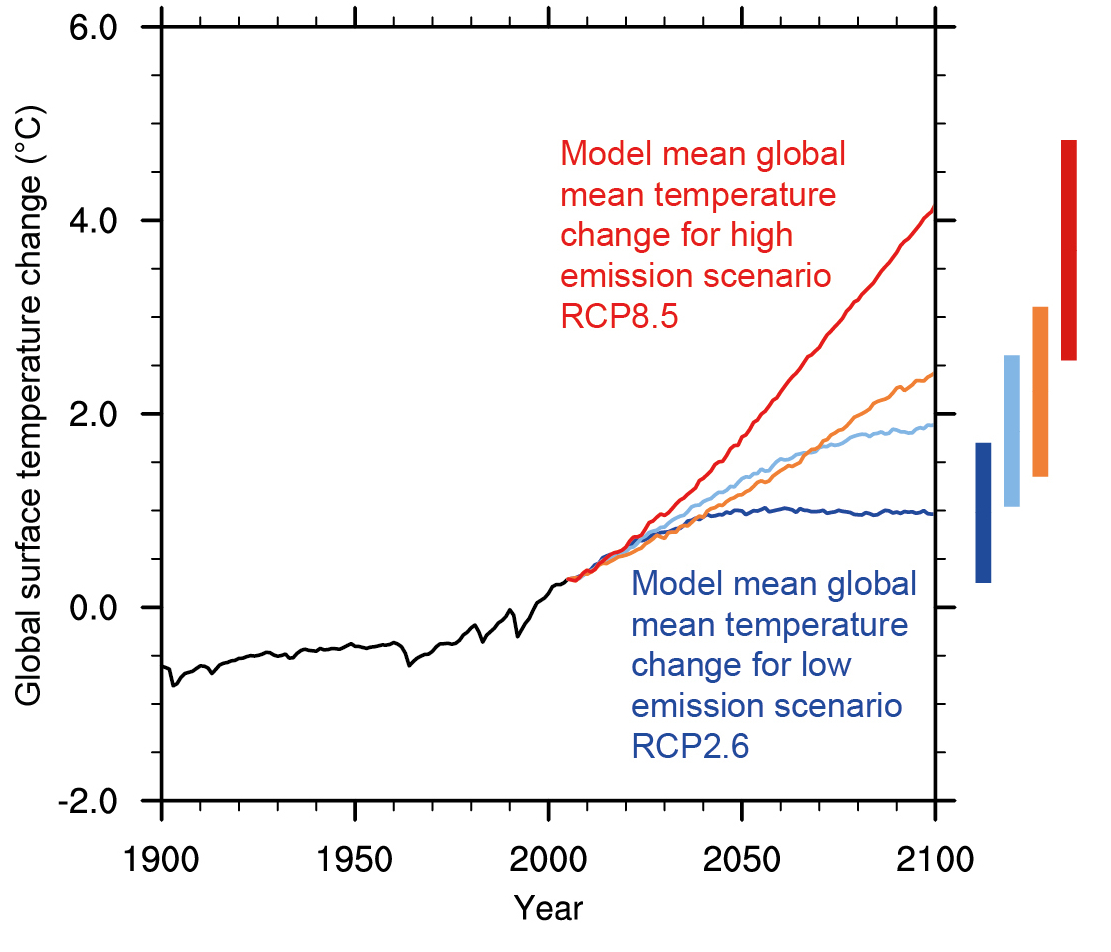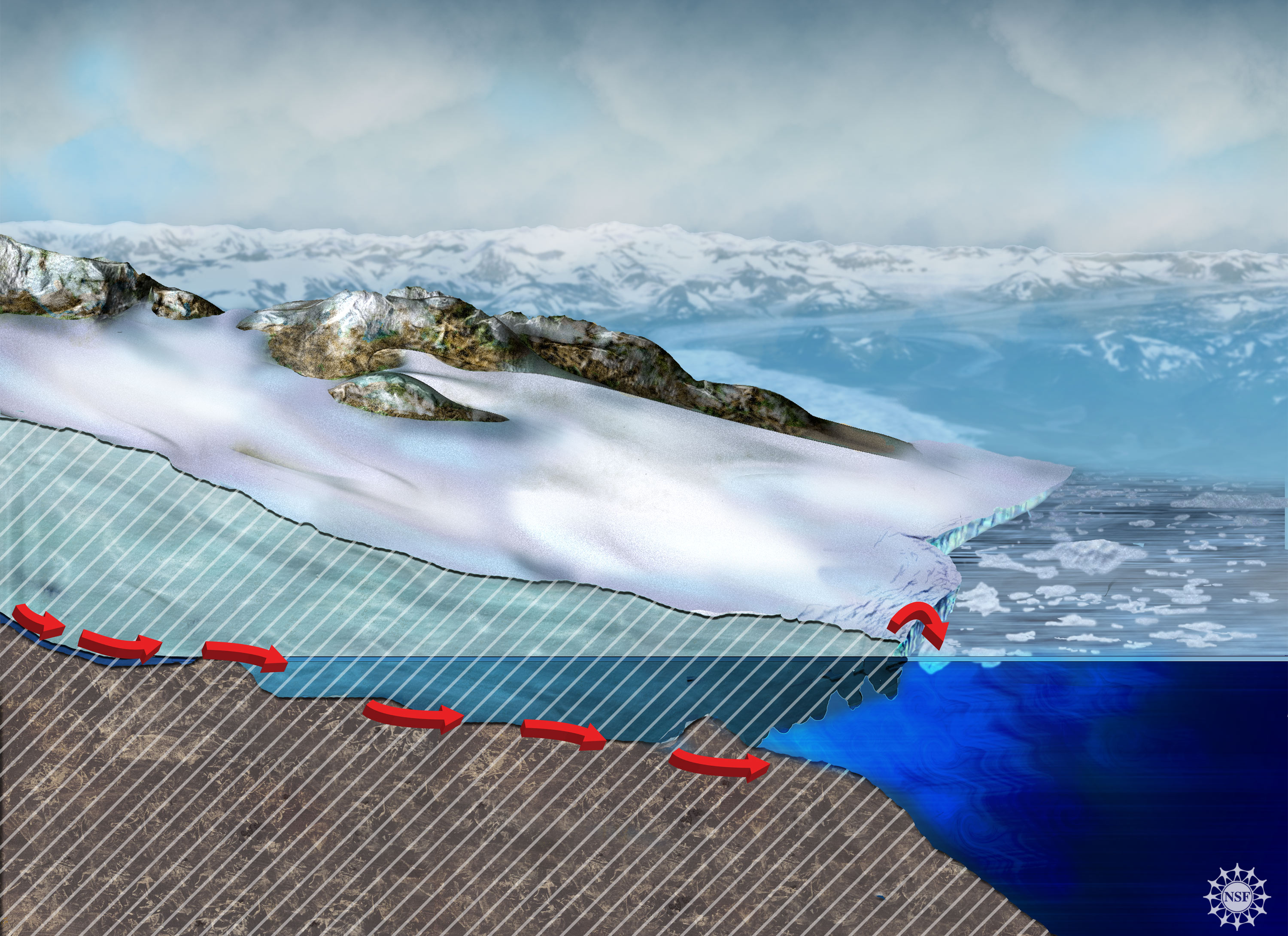- Joined
- May 14, 2009
- Messages
- 10,350
- Reaction score
- 4,989
- Gender
- Male
- Political Leaning
- Other
Now that's just an Outright lie.While saying I would not insure a beach front for 30 years, because of many reasons, sea level not being among them.
The sea level in Miami is only increasing by about .21 inches per year,
according to the NOAA certified gauge at Virginia Key.
Water, Water, Everywhere: Sea Level Rise in Miami | RSMAS Blog
If anything the Rate of the Rise appears to be Slowing down.
While the sea level may only increase by 9.25" by 2060, any good king tide could throw an extra 60 inches in during
the spring flood season.
YOUR link says the Opposite several times!
"..The mean sea level has risen Noticeably in the Miami and Miami Beach areas just in the past Decade. Flooding events are getting more frequent, and some areas flood during particularly high tides now: no rain or storm surge necessary. Perhaps most Alarming is that the Rate of sea level Rise is Accelerating.
[......]
As eluded to in the introduction, Sea level is Not just rising here, the Rate of the Rise is Accelerating. If the seasonal cycle (black line in the figure above) is subtracted from the data, as well as the mean of all of the data, a series of trendlines can be generated (see figure below). Removing the dominant annual and semi-annual cycles from the time series leaves only daily variability, miscellaneous cycles, and trends. The data are color-coded by arbitrary 5-year periods (red is 2011-2015, green is 2006-2010, blue is 2001-2005, and purple is 1996-2000). The trendlines are drawn through the past 5 years (red), 10 years (green), 15 years (blue), and 20 years (purple). There is plenty of daily and intra-annual variability of course, but what stands out is the increasing slopes of the linear trends in more recent periods. Over the past 20 years, the average high tide has increased by 0.22 inches/year, which agrees very closely with the trend shown in the first chart using annual averages (0.21 inches/year). However, notice that the trends over shorter and shorter periods become Increasingly Rapid."..."
[......]
As eluded to in the introduction, Sea level is Not just rising here, the Rate of the Rise is Accelerating. If the seasonal cycle (black line in the figure above) is subtracted from the data, as well as the mean of all of the data, a series of trendlines can be generated (see figure below). Removing the dominant annual and semi-annual cycles from the time series leaves only daily variability, miscellaneous cycles, and trends. The data are color-coded by arbitrary 5-year periods (red is 2011-2015, green is 2006-2010, blue is 2001-2005, and purple is 1996-2000). The trendlines are drawn through the past 5 years (red), 10 years (green), 15 years (blue), and 20 years (purple). There is plenty of daily and intra-annual variability of course, but what stands out is the increasing slopes of the linear trends in more recent periods. Over the past 20 years, the average high tide has increased by 0.22 inches/year, which agrees very closely with the trend shown in the first chart using annual averages (0.21 inches/year). However, notice that the trends over shorter and shorter periods become Increasingly Rapid."..."
So sea level should certainly be one of anyone's reasons for not writing a mortgage. Ignoring that is denialist. YOUR link says sea level has risen noticeably in just the last decade.
And what an outrageous mischaracterization of Your own link.
EDIT to immediately below.
My charge stands about your Outrageous MIScharacterization of Your own Link: just taking one OUT of context snippet from an article that says the Opposite!
And THANKS for that Link which backs my claim 100%, and makes a Mockery of everything you ever posted here.
You probably thought no one would read it. Oucher.
Last edited:




